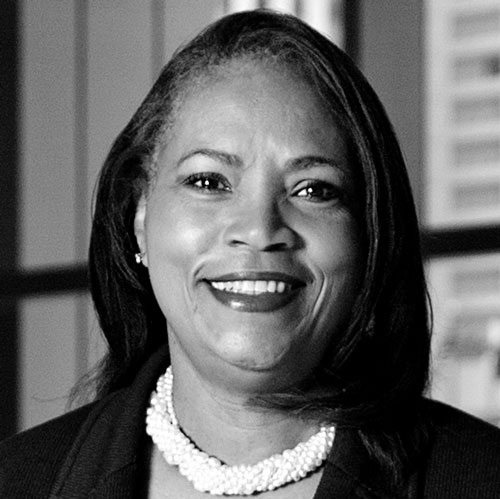We’re a noncentralized organization. United Surgical Partners International owns and operates physician-owned surgery centers across the United States, often in partnership with health systems. We have approximately 222 facilities, of which fifteen are surgical hospitals and the rest are ambulatory surgery centers. Each is run by an administrator who operates the business with his or her own profit and loss accountability. Those field locations pay management fees to the home office for services we provide.
Human resources was a department of four when I joined USPI in January 2013. We had one person handling leadership recruiting; one person handling administrative tasks, such as background checks and drug screenings; an intern; and me. Payroll reported through finance; employee relations reported through legal. In an organization of more than 10,000 employees, we were lean, to say the least.
My previous experience taught me a lot about traditional HR. I’ve spent most of my time in larger organizations, such as Yum! and PepsiCo, organizations that respect the function and expect it to be a part of the business. I learned a lot about best practices. A lot of people who knew I was going into health care wondered how what I’d done before would apply—and yes, on a business level, we’re delivering surgical procedures instead of food—but HR is industry agnostic; the same best practices apply across industries. You just have to take the time to learn the business from the customer and front-line employee perspective. So I determined which best practices made sense for USPI, and outlined a three-pronged strategy for HR.
The first prong of my strategy addressed foundations—basics such as employee-relations support and performance management. When I came on board, there were few common procedures. We’d receive an e-mail from a surgery center asking, “Does anyone have any best practices for writing someone up?” Now we have an HR portal that provides go-to resources categorized by the types of issues a field leader could face. We also addressed the performance-management process. Goal-setting and performance reviews were manual and inconsistent, and pay did not clearly align to the achievement of goals, so we upgraded our online learning management system to include goal and performance management and linked pay to performance.
The second prong of my strategy addressed talent development. Are we selecting the right people? That’s the big question. We developed profiles for our key operators and sales leaders. We developed checklists for succession planning. We started delivering 360-degree feedback and core leadership development training. And we redesigned our onboarding and orientation programs. Previously, a new field leader would come into the home office for a three-day orientation, during which different people talked about what they did. Now the orientation is simulation-based: The leader works with clinical, business, and sales staff, gathering data, doing analysis—really understanding how to apply and use those resources.
The third prong addressed employee engagement and culture. We began spreading our culture across USPI in a more consistent manner. We developed a story that captured and conveyed the culture, and that story became a part of the new-hire process. We created more rigor around our leadership survey, communicating the results and developing solid action plans based on them. We relaunched a service anniversary recognition program. We developed a bonus system that tied incentive pay to performance.
We also made some broader business changes in the middle of 2014. In partnership with the senior team, I started from the bottom up and asked field leaders what they needed to deliver their profit to USPI. In response to their answers, we realigned the organization. In the process, in addition to HR, I picked up responsibility for payroll and benefits, communications, and IT client services, all of which tie into HR. This has been very effective in helping us better meet the needs of our facilities.

